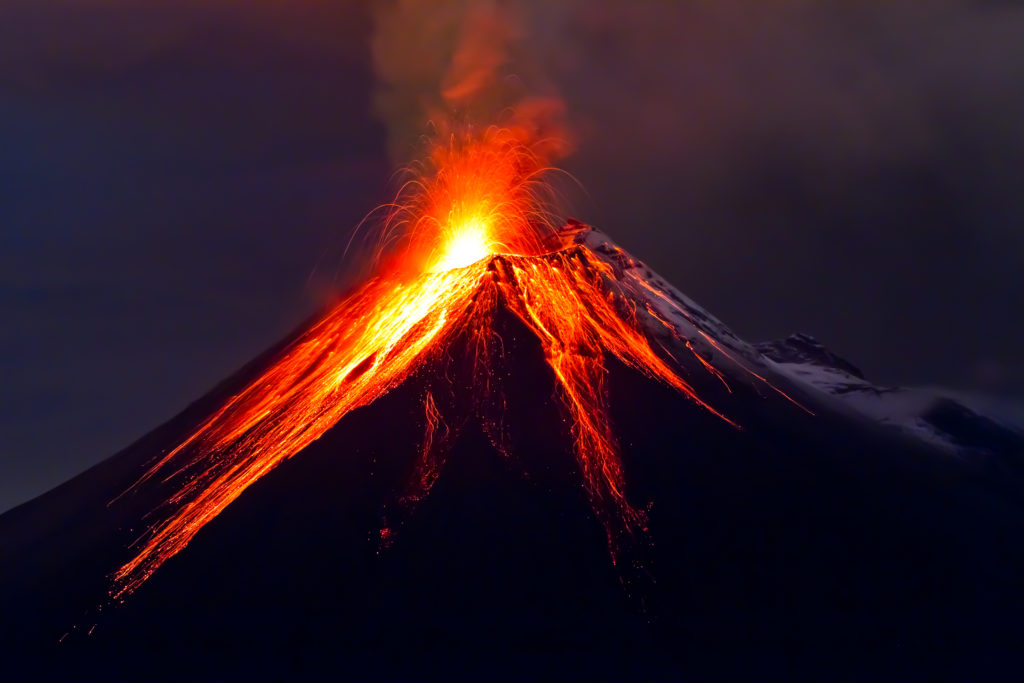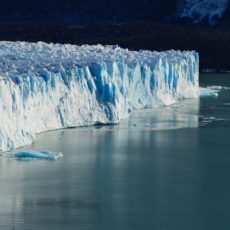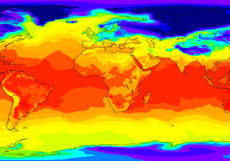
From beginnings of the Native Americans to Colonial rule before the Declaration of Independence, the US has transformed itself into the global leader of our generation. Today is a celebration of the United States historical journey to Independence. The creation of its Empire.

Just as the US has risen to dominance, history can show us other Empires at their peak who have fallen. There is always a range of varying factors that topple an Empire, but what can we learn from history?

For over 3000 years, ancient Egyptians prospered along the river Nile. At the end of their reign, scientists have identified a relationship between volcanic eruptions and a suppression of Nile summer flooding that caused a revolt against the ruling elite from the strain of their agriculture.

Rome rose to prominence in favorable climatic conditions. From 200 BC to 150AD the Mediterranean provided ideal conditions for agriculture that increased GDP, helping the population to swell. During the second century, droughts became more common, frequent severe winters and the annual Nile flood became erratic. These events began the fracturing of the mighty Roman Empire.
During the 4th century, the Huns, nomadic native inhabitants of an arid zone between Hungary and Mongolia faced a severe drought that forced their migration West. Reaching Europe the Huns attacked the Goths along the Roman frontier, in turn forcing the Goths further west. A conflict between Rome and the Goths, with the Romans suffering unprecedented defeats, leading to a break up of these territories into Germanic kingdoms.
After resurgence in the Eastern Greek part of the Roman Empire, other climatic events dealt further blows. Several volcano eruptions in the decade 536-545 led to staggering cooling of the planet for the next century. This additional strain on agriculture continued to fracture the once great Empire before it was further decimated by the Black Death and ultimately spiraled into complete failure over the next century.

Another great civilization, China, has had problems keeping the Empire together. A study in 2007 at the University of Hong Kong by David Zhang and his colleagues found that during the last millennium in China, conflict followed climate change. In 12 of the 15 major wars they studies, cold periods preceded warfare. The study suggests that the frosts would have created food shortages, inspiring rebellions and making communities more vulnerable to invasion.
Changed climate patterns in Africa have shown a pattern of increased conflict during warmer years. By 2030, this will increase armed conflict by 54% in the region.
Again there are many variables that contribute to warfare. But climate change has shown to be a consistent factor throughout our past.
So what has history taught us? The US, like many of the preceding empires is vulnerable to attack from sudden climate change. Technological advancements and science can help to stave off total destruction, but at what cost. The US has prospered through ideal climatic conditions for the last few centuries but who is foolish enough to believe this won’t change?
On the 4th of July, while celebrating your Independence, keep a thought to how lucky we all are to have our freedom. But also learn from the history of fallen empires and the role of climate change in their downfall. Honor our forefather’s vision and remember the lurking threat of Climate Change.


